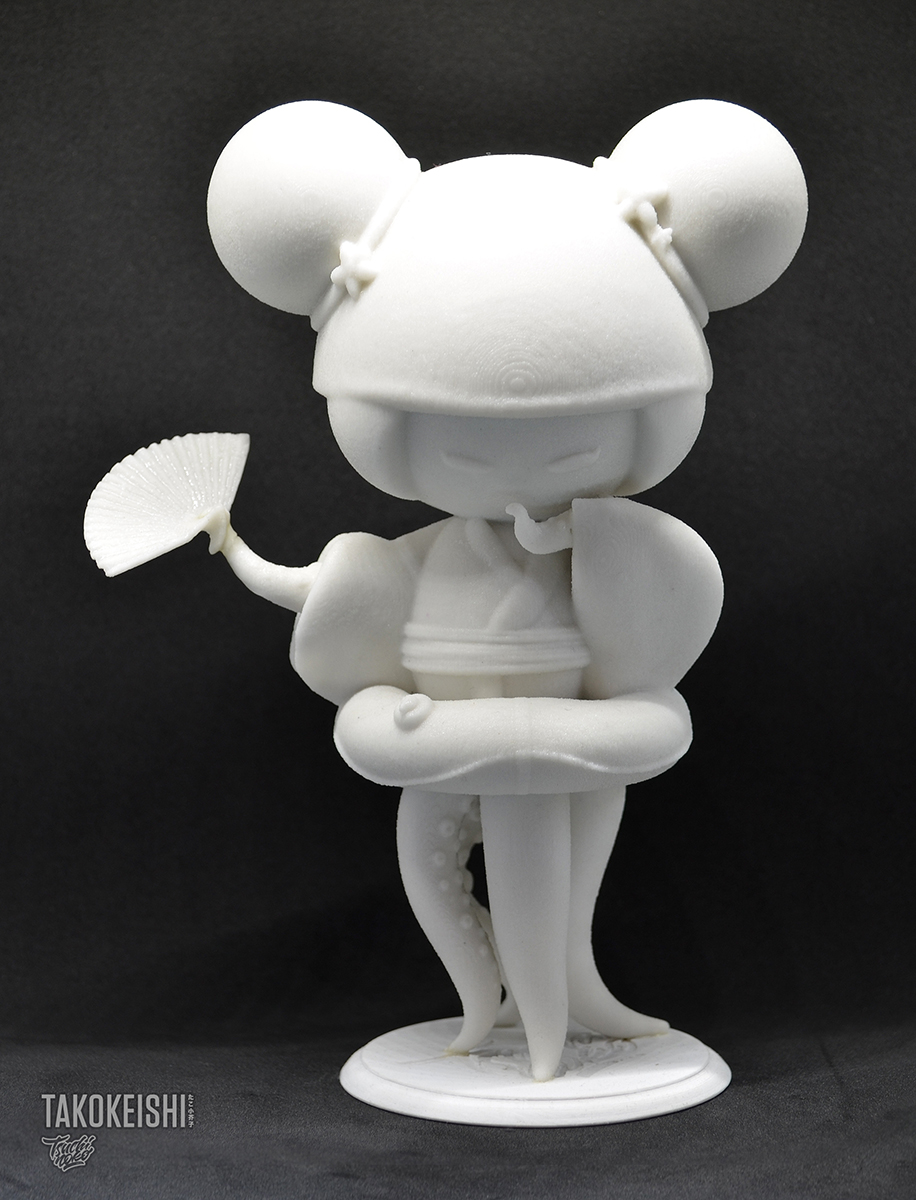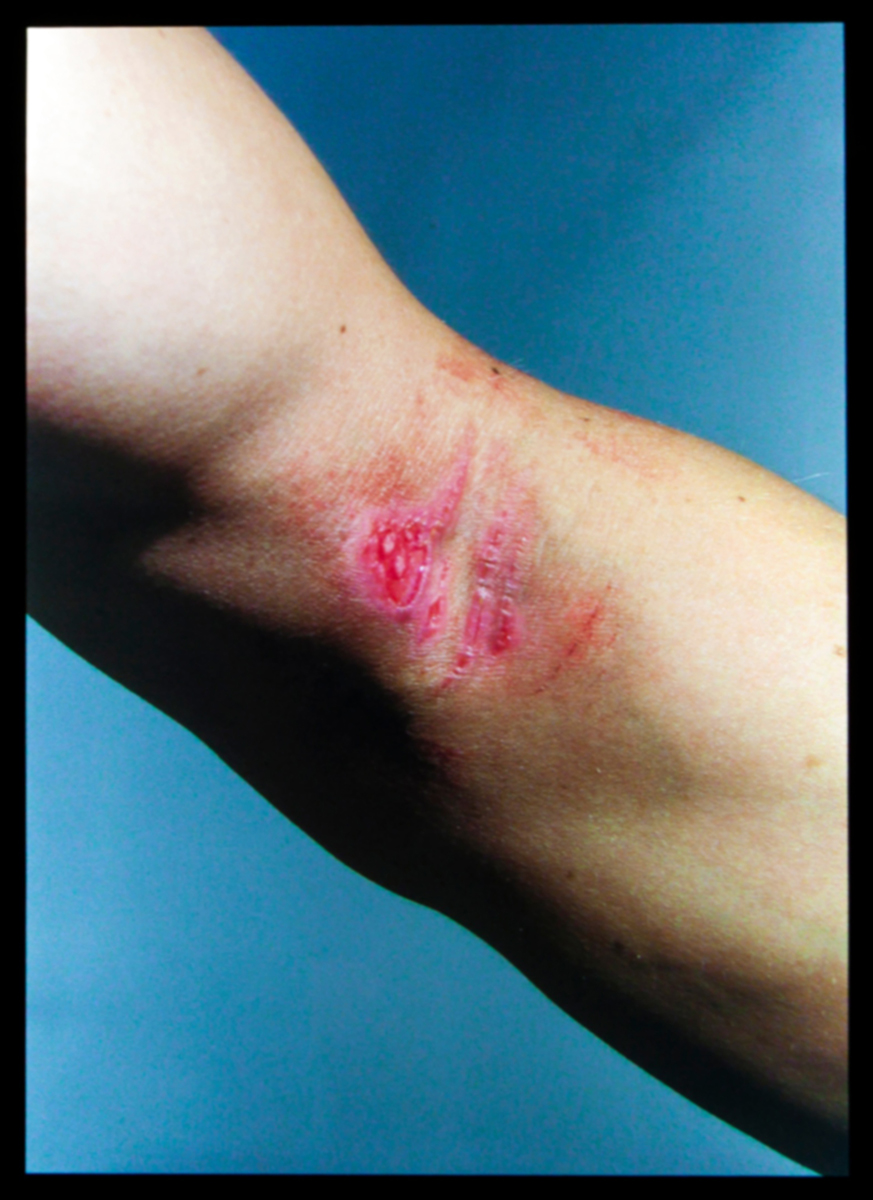ArtJaws welcomes a new collection dedicated to Art Toys and to contemporary artists who have made this medium their primary artistic expression. For this first collaboration, Sarah Goldberg, active for more than a decade in the world of Art Toys, has curated a selection of figurines produced via various printing techniques.

© Tsuchinoko
Production : Bagel lab
Art Toys—also known as “Designer Toys” or “Vinyl Toys”—appeared in the late 1990s, mainly in Hong Kong and Japan, created by video game or toy designers in the merchandizing department, but also initiated by artists such as Michael Lau, Eric So, Kaws and James Jarvis. This new creative form was quickly adopted by a young generation with an affinity for manga culture. Some collectors, especially fond of unique and original artworks, also began to collect the figurines. Since then, Art Toys have forged their own path around an active community, while talented artists have brought them out of the “geek” ghetto where they had previously been contained. Before 3D printing, the figurines were manufactured primarily using industrial techniques—plastic or resin was poured into a mold, out of which emerged the Art Toy. 3D printing and the possibility of producing a physical object from a digital 3D file revolutionized the manufacturing process. In order to make the final piece, the 3D printer releases and solidifies the material layer by layer, a technique that offers artists unprecedented potential.
The Art Toys collection opens with four artists using the 3D printing technique. This choice positions it at the intersection between digital and pop cultures, both of which are specifically promoted by the ArtJaws platform. In particular, we spotlight Badmarvel, one of the first French Toy Designers to use 3D printing and to have developed the concept—a few years ago, he even brought his own printer to one of his exhibitions in Paris. Two other artists, Tsuchinoko and Moes, are graphic designers who seized the opportunity to use 3D printing to make an original Art Toy based on their 2D world. The first conveys in his artwork the Japanese influence of “Kokeshi”, traditional Japanese dolls. The second, finding his source in urban art and pop culture, offers several different versions of his imaginary penguin with blank white eyes. Finally, it was only natural for François Bonnet, already trained in 3D modeling, to use a 3D printer to bring his heroic fantasy world to life. Subsequently and to complete this collection, we will also highlight Toy Designers who use more traditional fabrication processes. Depending on the techniques used, the market value of these pieces can triple, so it’s important to open this world to the general public, both collectors and amateurs.

